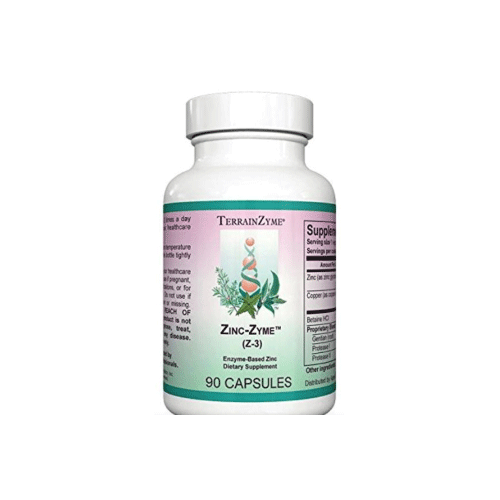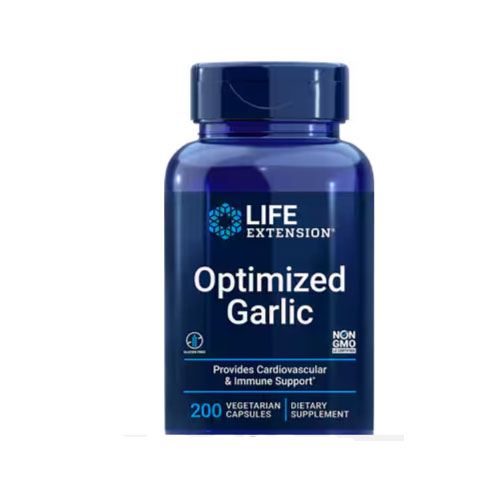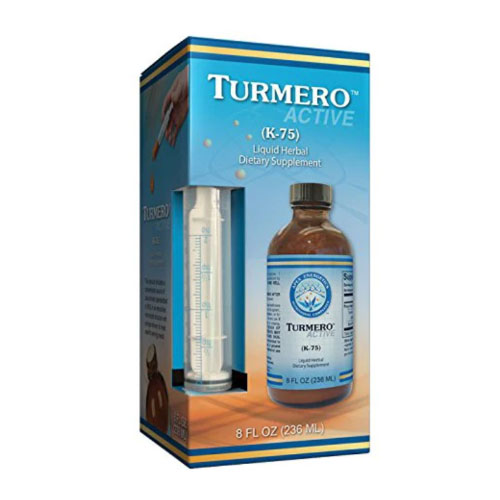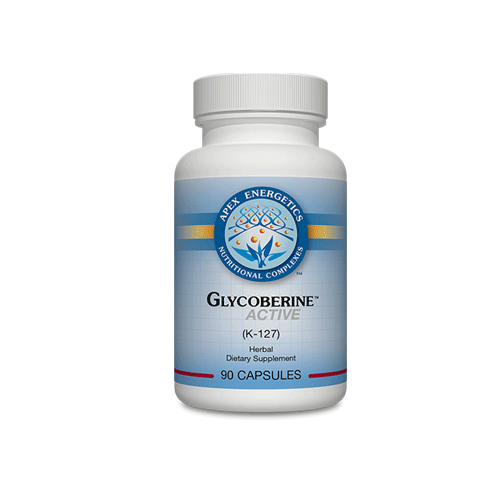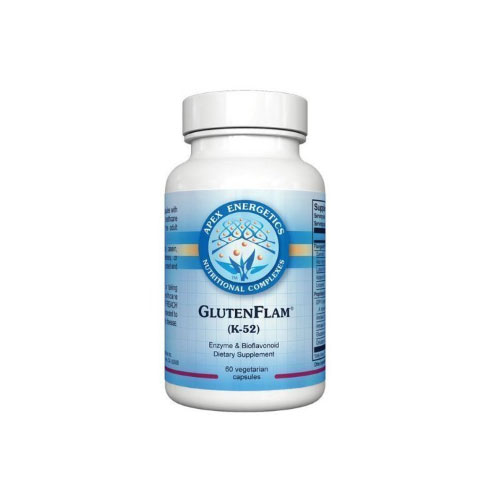
Editor’s Note: This is a continuation of a series of articles by Willaim Clearfield, D.O., breaking down his 10 steps for healthy brain function. Visit www.hbmag.com and search “Clearfield” to read parts 1-8.
Regarding brain function, “use it or lose it.” A 2012 study by the Rush Memory and Aging Project discovered a 2.6-time increase in dementia and Alzheimer’s Disease in cognitively inert seniors.
With that in mind, we explore Step 10 of our series — 10 Steps to a Healthy Brain. Thus far, we’ve covered:
- Keep Your Blood Sugar Balanced
- Eat Healthy Fats
- Get Adequate and Restful Sleep
- Enough (but not too much) Vitamin D3 is Essential for the Brain to Function Properly
- Get Your Gut In Order
- Maintain Adequate Methylation
- Balance Your Hormones
- Healthy Heart; Healthy Brain
- Get Off the Couch! (Groan) Healthy Body=Healthy Brain
Step 10 is “Lifelong Learning.” As one learns, the size and structure of our brain cells (neurons) and brain cell junctions — the synapses, where the chemical activity of the brain takes place — changes. Inactivity leads to sluggish brain function and cell death. Mind-training exercises keep the brain fit, alive and viable.
Clinical research and common sense indicate those who use multiple approaches to solve problems develop new neural pathways. New neural pathways preserve brain function. These multitaskers remain active and alert during their salad years, developing Alzheimer’s disease at a much lower rate compared to those who handle problems linearly, namely the same way all the time.
Eight activities — crossword puzzles; sudoku; reading; learning a foreign language; needlework, including knitting and sewing; cooking; learning a new skill; and drumming — create an environment of neuroprotection.
A ninth, ballroom dancing, reduces the incidence of Alzheimer’s Disease vs. non-dancers by 50 percent
The ‘White Hot Imperative’
Time is running out. How do I know I’ve chosen the right activity?
What is your passion, your lifelong desire? What do you obsess over? What gets your motor running? What gets you so excited you are awake at 5 a.m. studying the Philadelphia Eagles 1980 playbook?
Playing third base for the Philadelphia Phillies was mine. Unfortunately, I couldn’t hit a curveball, I’m left-handed, and they had this guy name Mike Schmidt, who is the Phillies’ all-time home run king. The big leagues never called. Freshman college ball was my ceiling. I did go to a Phillies fantasy camp, however. Not quite the dream, but it was fun.
How to find your White Hot Imperative
- Describe specifically, in detail, your White Hot Imperative. What activities or interests excite you to the point you are bursting at the seams?
- Answer the following questions:
- Why is this activity or item, my W.H.I.?
- Why does it excite me?
- Why must I do this activity to fulfill my destiny?
- How do I feel, inside, in the dead of night, when no else is around, about my (potential) W.H.I. Enthusiastic? If it’s not almost a giddy “high, ” look elsewhere.
- Plan your White Hot Imperative:
- When will I start?
- How will I accomplish my W.H.I.?
- How often will I participate in my H.I? Many activities take time and practice.
- What’s the price? How much will my H.I. cost regarding time, money and relationships? What is the reward for completing my W.H.I?
- What are the obstacles in the way of completing my W.H.I.?
- Implement your W.H.I. with a written plan of action.
- Think it through, write it down, and follow your plan.
- Is the White Hot Imperative permanent? In fact, we want our White Hot Imperative to kick in on a daily basis, allowing us to maintain a steady stream of passion. We want successful White Hot Imperatives. They should not be so “out there” in Neverland, that success is not a possibility.
Where do I find activities?
Schools, colleges, social clubs, senior centers and VA outreach programs are good places to start. Also, you have to love the senior discounts most of these organizations offer.
The Internet is an endless virtual encyclopedia of activities and information:
- YouTube EDU, online videos dealing with education, business, medicine, sports, and “how tos…”
- EdX, a nonprofit online learning center offers more than 500 courses taught by top-notch professors from dozens of major universities.
- Openculture.com houses over 1,000 free Massive Open Online Courses (MOOCs) on topics from archaeology to zoology. It offers free ebooks, language lessons, lectures, movies, recordings, and textbooks.
- Coursera.org accesses free courses from major universities and other organizations. There is even a smartphone app.
The Bottom Line
The experts agree: Lifelong learning is good for our bodies, minds and soul. It keeps us challenged, engaged, mentally sharp and socially connected. It creates a happier, more fulfilling life and preserves brain function.

